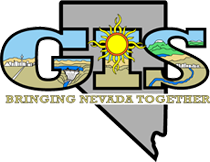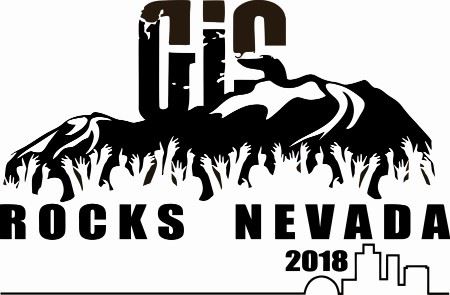


2018 NGIS Conference - Whitney Peak Hotel - October 16-18, 2018 - Reno, Nevada
Keynote Address
Wednesday, 8:45 am, Whitney Peak 1
Michael J. Malaska, PhD
Scientist III
Planetary Ices Group
NASA / Jet Propulsion Laboratory, California Institute of Technology, Pasadena, CA
e-mail: Michael.J.Malaska@jpl.nasa.gov
“The Exploration and Mapping of Saturn’s Moon Titan”
Saturn’s moon Titan is the most Earth-like world in the Outer Solar System. Just like Earth, Titan has a thick nitrogen atmosphere that supports an active weather cycle underneath Titan’s opaque organic haze layers. The Cassini spacecraft discovered that underneath Titan’s haze layers are familiar features like rivers, lakes, seas, dunes, plateaus, canyons, and mountains. But unlike Earth, frigid Titan’s rainfall is liquid methane, the lakes and seas are liquid hydrocarbons, the mountains are made of rock-hard water ice, and the dunes, plains, and plateaus are organic sediments. All of this creates a eerily similar, yet very alien landscape compared to Earth. We are using the dataset collected by the Cassini-Huygens mission to map, inventory, and explore the surface of Titan and see how the landscape and geological processes on that world compare with those of planet Earth.

Dr. Michael Malaska is a scientist in the Planetary Ices Group at NASA/JPL. He obtained his undergraduate degree in chemistry from MIT, his PhD in chemistry from UC Berkeley, and performed postdoctoral research in neurochemistry at Mayo Clinic Jacksonville in Florida. After a 20 year career in the pharmaceutical industry inventing new medicines, images of Titan’s alien surface sent down by the Cassini spacecraft ignited his passion in planetary science. He went from being an interested amateur, to a volunteer researcher, and ultimately changed his career to planetary science and astrobiology. His current research program combines laboratory simulation, spacecraft remote sensing, and field geology to explore and understand Saturn’s moon Titan. He has done field work in North Carolina, the Mojave Desert and Salton Sea in California, the Greenland Ice Sheet, and an extremophile sulfide cave in southern Mexico.